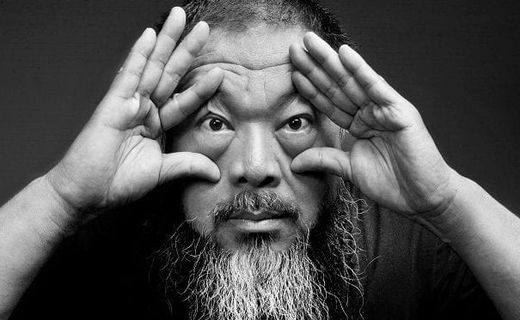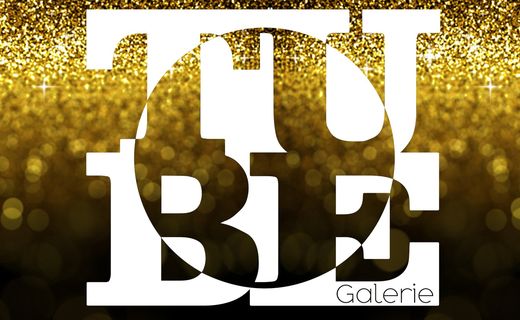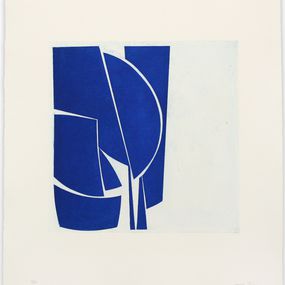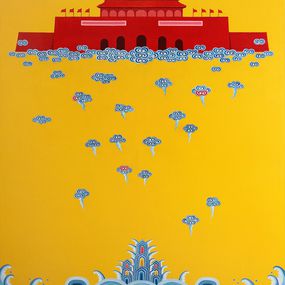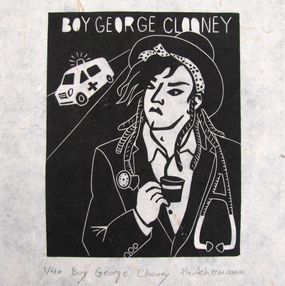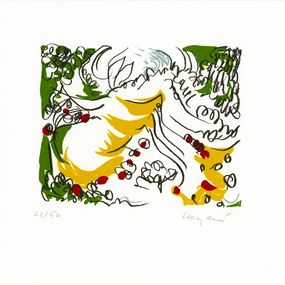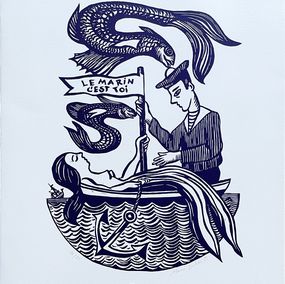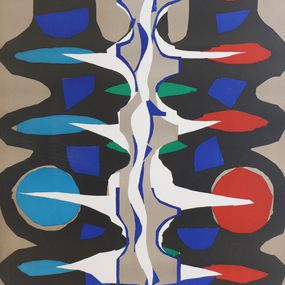
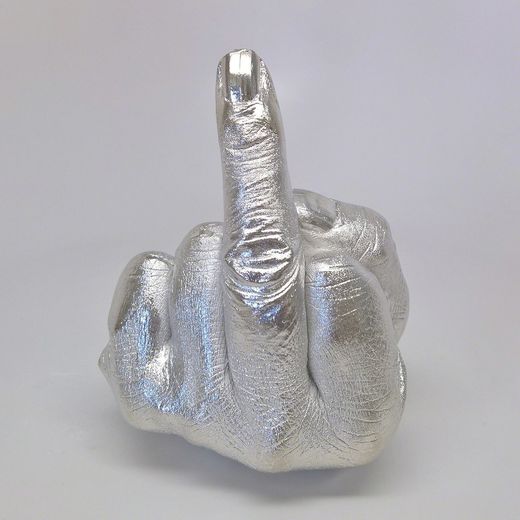
Biography
Born in 1957 in Beijing, Ai Weiwei is a multidisciplinary artist who is a sculptor, blogger, architect, and curator. He studied film at the Beijing Film Academy and then at Parsons The New School for Design in New York. The artist lives and works in Beijing but has lived in the United States for several years. In the early 1980s, he moved to New York to photograph scenes of daily life , capturing the habits and lifestyles of its inhabitants. He returned to Beijing to continue this practice in 1993. Through his work, he succeeds in painting a portrait of a country and its population by reflecting daily life as well as the morals and customs of societies. Weiwei is a major artist on the contemporary art scene. His work is vast, nonconformist, provocative, and has earned him reprisals. Arrested by the Chinese government in 2011 for tax evasion, it was more for his activism and his criticism of Chinese society. He has contributed significantly to the evolution of his country's social reality; his art is a testament to his perception of the world and its challenges. He uses social media to disseminate his positions, via Twitter or his blog, by publishing photos and texts, and thus manages to reach a broad population with his numerous followers.
A politically engaged artist, he joined the avant-garde artists' collective "The Stars" in 1979 and thus promoted liberal values centered on freedom of expression and man as an individual in his own right, thus opposing the Socialist Realism promoted by the State. He draws his inspiration from artists such as Duchamp or Warhol , artists who have shaken up their time and are recognized for their criticism of society, just like Weiwei.
He created numerous sculptures using traditional Chinese cultural objects, such as porcelain vases and Qing Dynasty furniture, to depict a dual society, divided between individualism and collectivism. He participated in the construction of China's national stadium, named the "Bird's Nest," for the 2008 Olympic Games.
Ai Weiwei's works have been exhibited in the United States at the San Francisco Museum of Modern Art, among others, in the United Kingdom, Belgium, Italy, Germany, France, Spain, the Czech Republic, Switzerland, Australia, China, Korea, and in Japan at the Hara Museum of Contemporary Art in Tokyo.
Nationality
Categories
Artistic movements
Themes
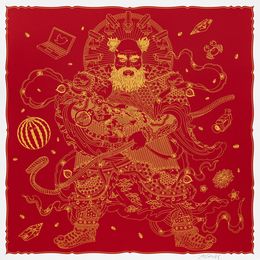
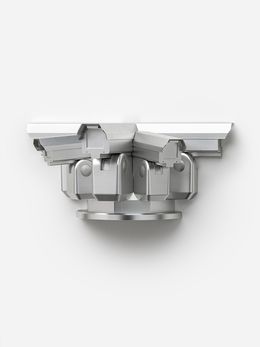
Ai Weiwei
Sculpture - 15 x 35 x 17 cm Sculpture - 5.9 x 13.8 x 6.7 inch
€5,900
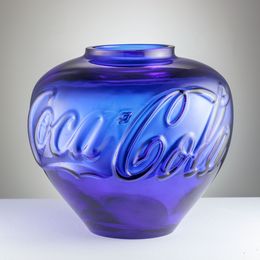
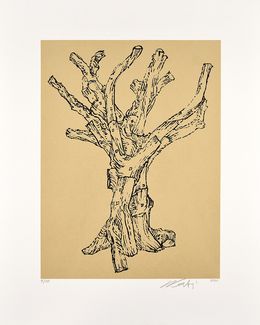
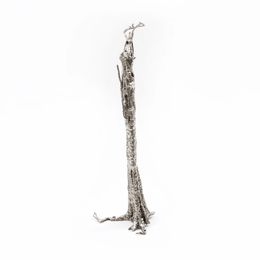
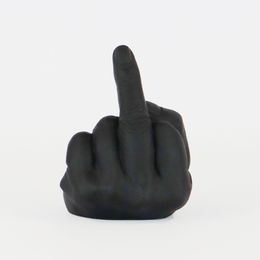
Ai Weiwei
Sculpture - 12.5 x 10 x 9 cm Sculpture - 4.9 x 3.9 x 3.5 inch
€14,000
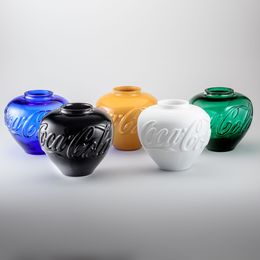
Ai Weiwei
Sculpture - 20.5 x 22 x 22 cm Sculpture - 8.1 x 8.7 x 8.7 inch
€22,000
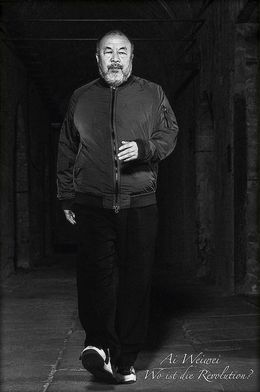
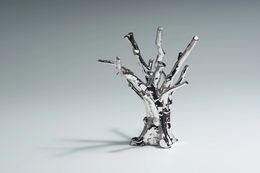

Ai Weiwei
Sculpture - 19 x 21 x 21.2 cm Sculpture - 7.5 x 8.3 x 8.3 inch
€6,300


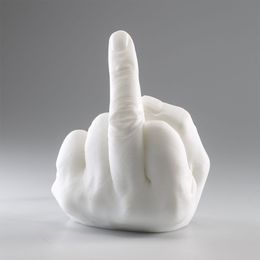
Ai Weiwei
Sculpture - 12.5 x 10 x 9 cm Sculpture - 4.9 x 3.9 x 3.5 inch
€13,500
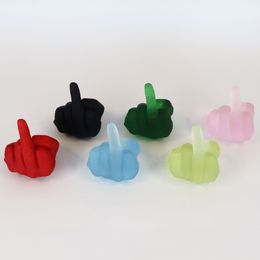
Ai Weiwei
Sculpture - 12.5 x 10 x 9 cm Sculpture - 4.9 x 3.9 x 3.5 inch
€65,000
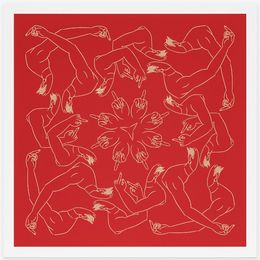
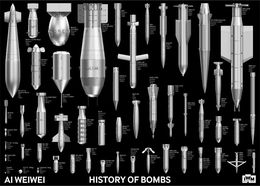

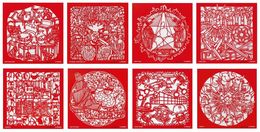
Ai Weiwei
Print - 60 x 60 x 0.05 cm Print - 23.6 x 23.6 x 0 inch
€39,000
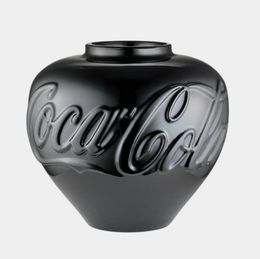
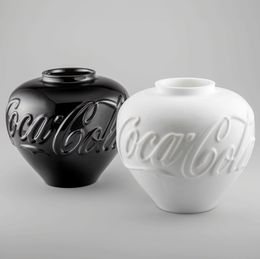
Ai Weiwei
Sculpture - 20.5 x 22 x 22 cm Sculpture - 8.1 x 8.7 x 8.7 inch
€10,000
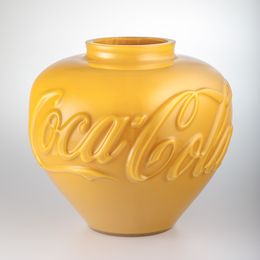
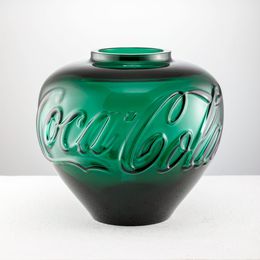



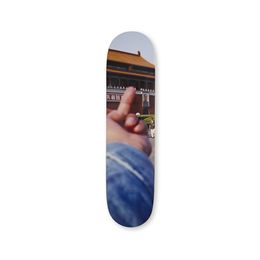
Ai Weiwei
Design - 204.5 x 152.4 x 3 cm Design - 80.5 x 60 x 1.2 inch
€150

Ai Weiwei
Design - 204.5 x 152.4 x 3 cm Design - 80.5 x 60 x 1.2 inch
€150

Ai Weiwei
Design - 204.5 x 152.4 x 3 cm Design - 80.5 x 60 x 1.2 inch
€150

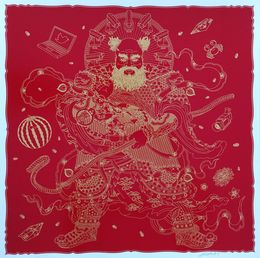
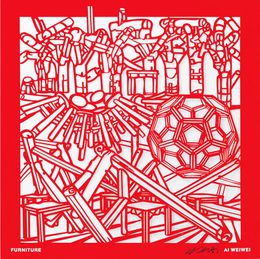
Ai Weiwei
Print - 60 x 60 cm Print - 23.6 x 23.6 inch
Sold


Exhibitions dedicated to Ai Weiwei
Discover the movements linked to Ai Weiwei
Discover similar artists
Posts about Ai Weiwei
Discover our selections of works by artists
Ai Weiwei is famous for his provocative contemporary art and activism, often addressing human rights and freedom of expression. His works include installations like "Sunflower Seeds" and the design of the Beijing National Stadium.
Ai Weiwei is pronounced "Eye Way-way." The first name "Ai" rhymes with "eye," and "Weiwei" is pronounced as "way-way," with both syllables stressed equally.
Ai Weiwei, renowned Chinese artist and activist, was detained by Chinese authorities in 2011 and later released. He continues to create art and speak out on human rights, now living and working mainly in Europe.





